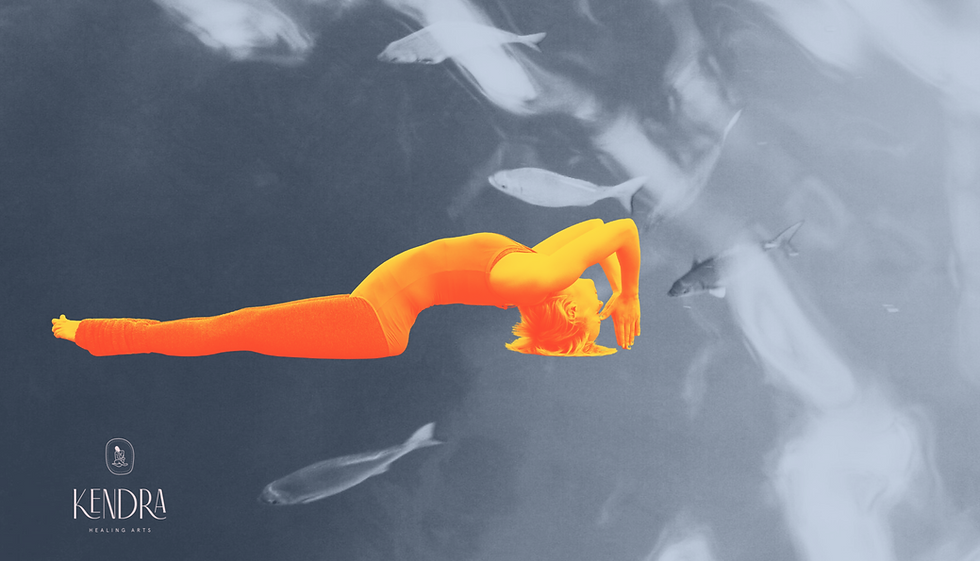Restore and simplify: The Yoga of Ahimsa
- Kendra Boone

- Oct 14, 2014
- 3 min read
Updated: Jan 16, 2025

Embracing reverence and love for all, we experience oneness. Sutra 11.35
We all realise the great health benefits that come with a regular yoga practice, such as reduced anxiety and depression and more vitality, but it is not necessarily a recipe for lasting happiness. On the mat, you experience yourself from the inside out, and begin to see the connection between how you think and feel and your outer reality. You also begin to notice that there may be a gap between where you want to be and your actual reality. So how do you bring your yoga practice alive to make a real difference to yourself and others?
Embodying change
Yoga teaches us to slow down and consciously respond to situations as they arise, but without regular practice, we easily get caught up in the web of our own conditioning. The sage Patanjali in approximately 200 AD described the inner workings of the mind and provided a way of looking into our true nature, through the Yamas.
Yamas the first limb
The Yamas, the first limb of yoga, are too often neglected in general yoga classes. They help you to harmonise your social situations and provide a way to practice from a pure place in your heart, then take it out to the world.
The Yama of Ahimsa
It is often said that if one can perfect the practice of Ahimsa, one need learn no other practice of yoga, for all the other practices are subsumed in it.
Ahimsa reawakens your awareness that the entire world of people, animals, plants and inanimate objects are family and friends and ultimately one.
Our minds can quickly fall into the habit of discriminating, which can cause a sense of separation and difference. We need to be constantly reminded that even though people and things appear different, in essence we are all the same.
Gandhi remains a great inspiration of Ahimsa. He dearly respected those that caused him harm.
‘Service is not possible unless it is rooted in love and compassion. The best way to find yourself is to lose yourself in the service of others’ Gandhi
‘My religion is kindness’ His Holiness the Dalai Lama
Take time to reflect
Please apply the SWAN principle (identify your strengths, weaknesses, ambitions and needs) and don’t judge yourself harshly!
Do you find yourself pushing through a yoga posture so much that you forget to breathe and feel if it’s comfortable?
Is there someone who has treated you unkindly or you have treated unkindly?
Do you choose your media consciously or does it choose you?
Is there a situation where you can heal the hurt?
Are there opportunities for you to be a conscious consumer around food?
When you talk, are you poisoning the air with gossip or are you expressing respect for yourself and others?
When you are in the process of thinking, are the patterns of thought revolving around punishment or shortcomings, or is each thought a whisper of encouragement?
Some tips
Self-awareness and violence cannot truly co-exist during a yoga posture or breathing technique. Always check in on how you are feeling as you move. Go for comfort.
Embrace simplicity wherever possible.
Practice mindfulness with simple things like closing doors gently.
Observe how you walk.
Be a conscious consumer and question how your food was prepared and slaughtered.
Consider the karma of plastic bottles.
Observe your reactions to television, advertisements and music.
For more inspiration check out:
Toxin Toxout: Getting Harmful Chemicals Out of Our Bodies and Our World by Bruce Lourie and Rick Smith
A New Earth by Eckhart Tolle
www.foodmatters.tv with nutritionists James Colquhoun and Laurentine ten Bosch
Kendra
Inspired by the writings of Nischala Joy Devi, Swami Satyananda and Megan Jones.




Comments